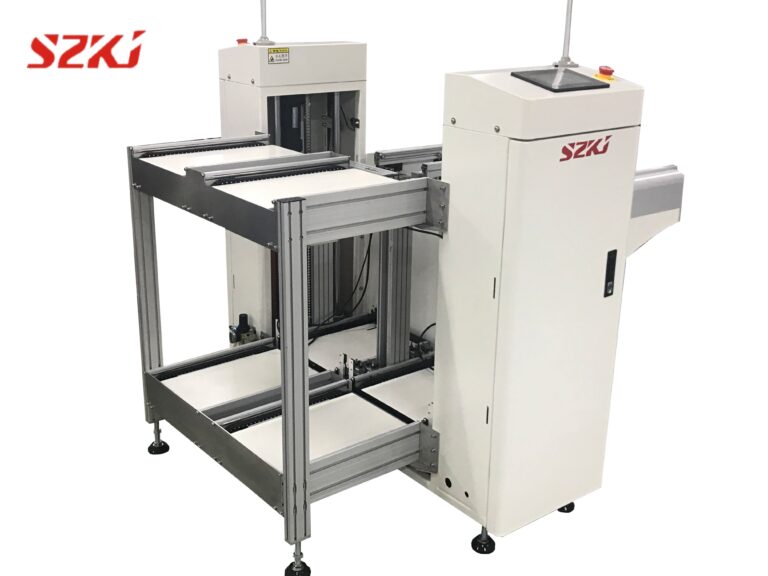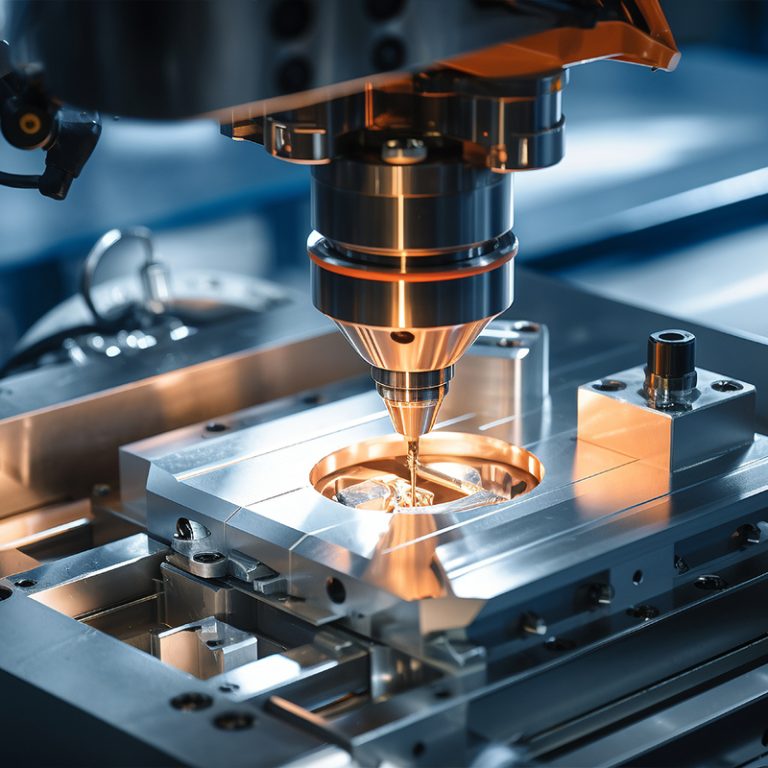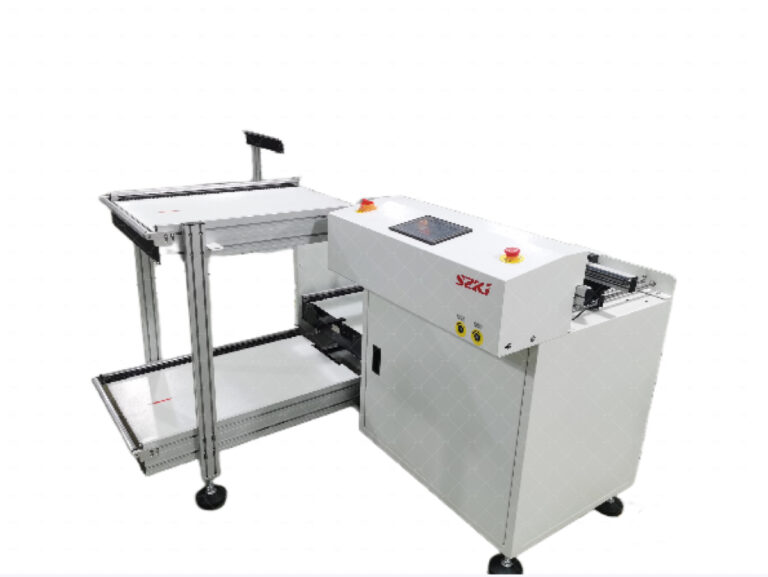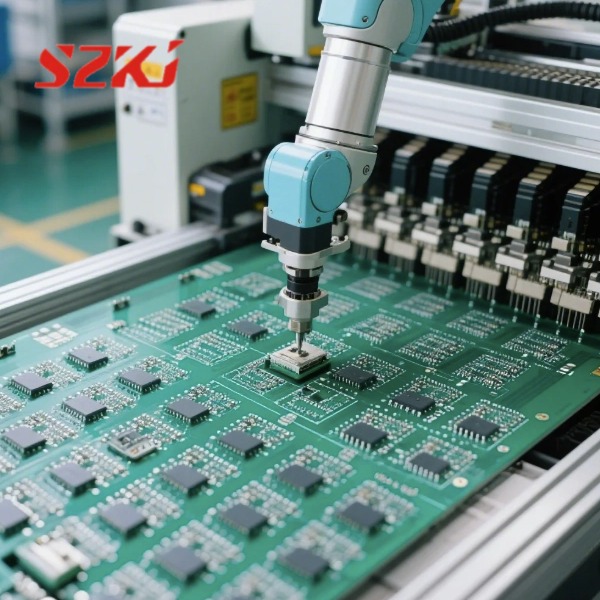Table of Contents
ToggleBefore SMT placement emerged, electronics were assembled using through-hole technology (THT), which involved manually inserting components with leads through drilled holes on a PCB. While effective, this process had limitations, including large board sizes, slow assembly times, and limited automation.
As electronic devices became smaller and more complex, manufacturers sought a solution that could support miniaturization and high-speed production.
The need for more efficient methods led to the development of surface mount technology in the 1960s and 1970s. Engineers began experimenting with attaching components directly onto the surface of PCBs, eliminating the need for through-holes.
This approach saved space and enabled automated assembly processes, dramatically increasing production speed.
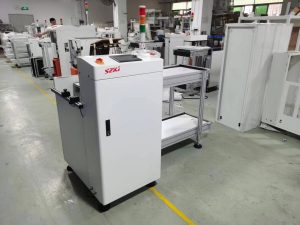 Early Innovations in SMT Placement
Early Innovations in SMT Placement
In the early days of SMT placement, small, leadless components could be mounted directly onto the surface of the PCB. This innovation allowed manufacturers to place components closer together, reducing the size of the board and improving overall performance.
However, it wasn’t until the 1980s that SMT placement became widely adopted in consumer electronics. This period saw major advancements in automated pick-and-place machines, which could accurately position and attach components onto the PCB.
These machines transformed the manufacturing process, allowing for mass production with improved precision and efficiency.
The rapid growth of industries such as computing, telecommunications, and consumer electronics further accelerated the adoption of SMT. As devices became smaller and more powerful, SMT placement became the standard for electronic manufacturing.
The Role of Pick-and-Place Machines
At the heart of SMT placement are pick-and-place machines. These automated systems are designed to quickly and accurately position surface-mounted components onto PCBs. The development of these machines marked a significant milestone in the evolution of SMT placement.
Early models were limited in speed and precision, but modern systems now offer incredible accuracy, placing thousands of components per hour.
If you’re looking to explore pick-and-place machines or other SMT placement equipment, products like those offered by SMT Manufacturing provide a wide range of options.
These machines are crucial for any modern electronic manufacturing setup, ensuring that the process remains efficient, precise, and scalable.
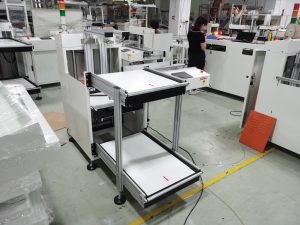 Modern SMT Placement and Its Impact
Modern SMT Placement and Its Impact
Today, SMT placement is the cornerstone of electronic manufacturing, found in nearly all types of consumer and industrial electronics. The continued refinement of pick-and-place technology, combined with advancements in component miniaturization, has allowed manufacturers to produce highly complex devices, such as smartphones and medical equipment, in large quantities and with exceptional reliability.
The influence of SMT placement on the electronics industry cannot be overstated. It has enabled mass production, reduced costs, and improved the functionality of devices, pushing the boundaries of innovation in fields like artificial intelligence, the Internet of Things (IoT), and 5G communication.
Conclusion
The historical origins of SMT placement reveal its transformative role in electronics manufacturing. From its early beginnings as an alternative to through-hole technology to its position today as the standard in PCB assembly, SMT placement has paved the way for the modern era of electronics. For manufacturers looking to optimize their production processes, investing in high-quality SMT placement equipment, such as those available from SMT Manufacturing, is key to staying competitive in this rapidly evolving industry.

